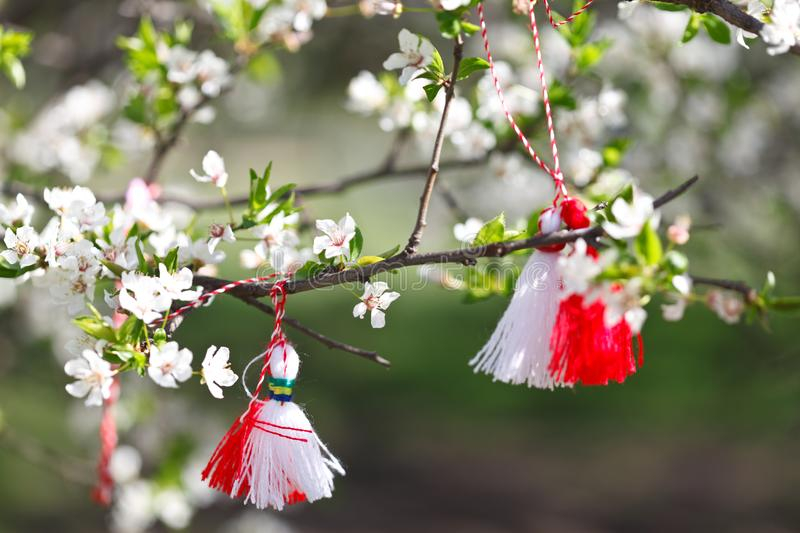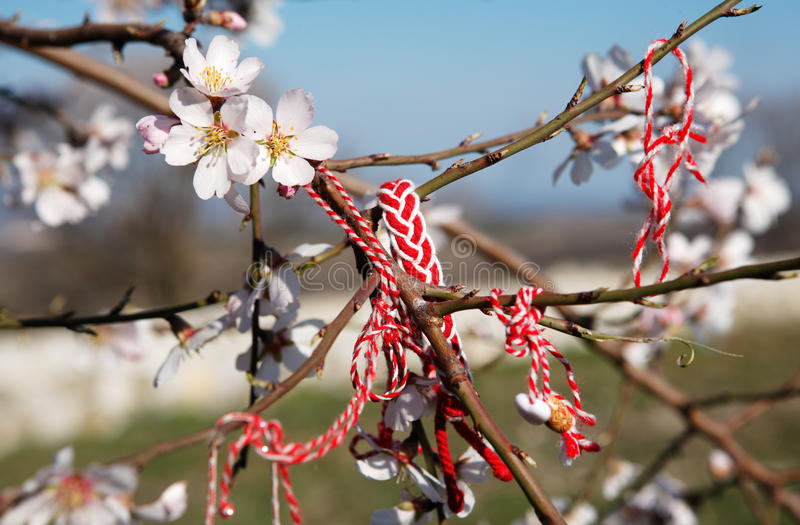Bulgarians are fond of their traditions
You'll be astonished to learn how proud Bulgarians are of their heritage. You'll discover handcrafted goods everywhere, traditional style restaurants with live folklore music and dancing, and traditional celebrations if you happen to be in Bulgaria on one of the big festivals. One of Bulgaria's secret pleasures is its immaterial cultural history. The majority of the practices have their origins in pagan rituals, but some are also based on religious traditions.
Wearing a martenitsa on March 1 is one of Bulgaria's most well-known traditions. If you visit Bulgaria in early March, you will see that everyone is wearing a white and red bracelet or a little adornment on their clothing.
There are numerous traditions surrounding the martenitsa, but the meaning of wearing and trading martenitsi is to wish health and success to yourself or the person to whom you are giving it. You hang the martenitsa on a tree and make a wish after seeing the first swallow or stork, or a tree in bloom.
This is why there are so many trees adorned with white and crimson bracelets. Bulgarians leave their martenitsi all over the world, not just at home. It's amusing to wander around Keukenhof (the famed tulip gardens in the Netherlands) and see trees with martenitsi hanging from them.











